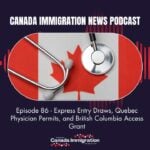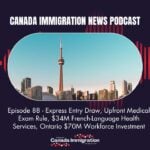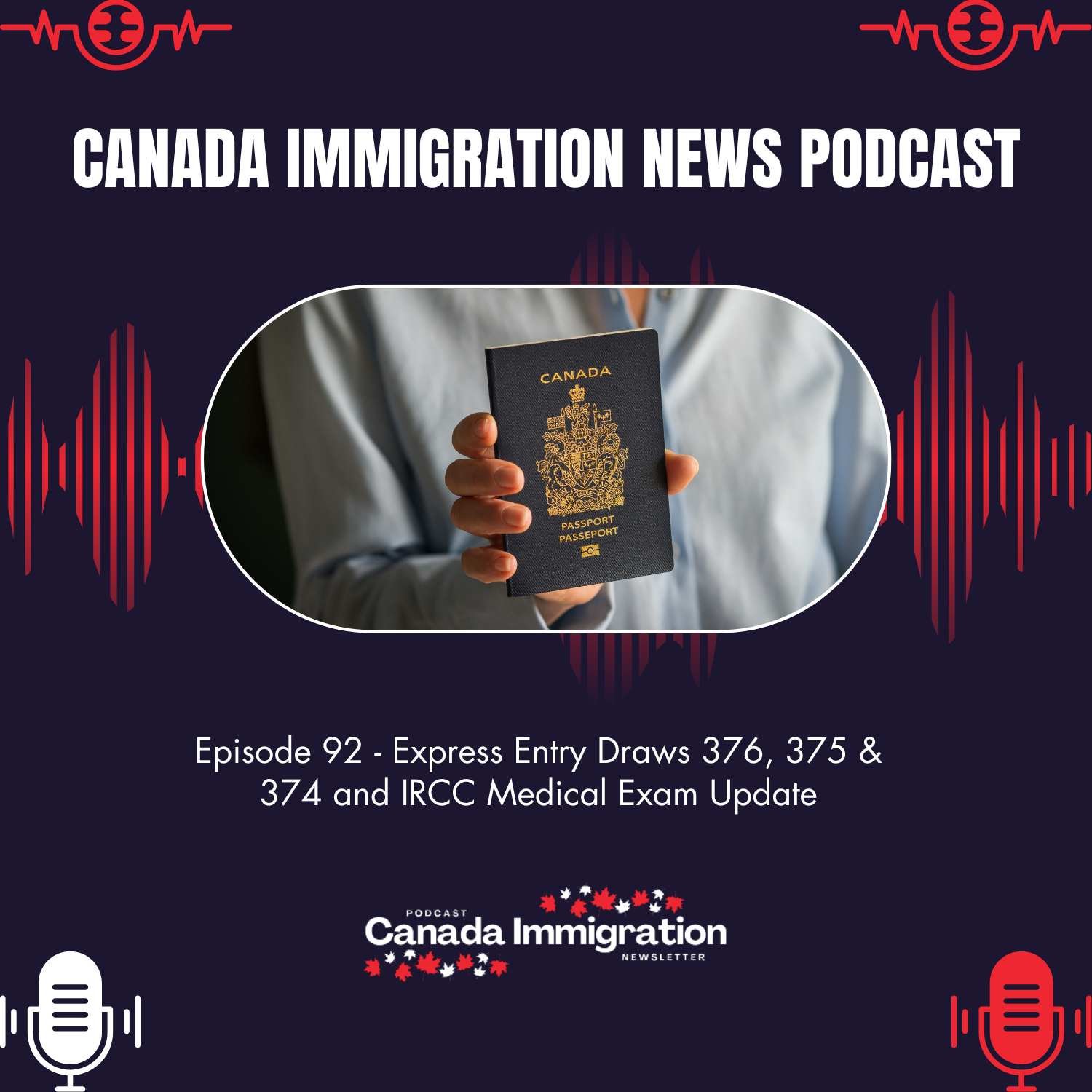Immigration Announcement
Important Update: New Canada Immigration Levels Plan for 2026 to 2028 Announced

Canada has released its new Canada Immigration Levels Plan for the years 2026 to 2028. The plan supports steady and sustainable growth, backed by careful planning to match population expansion with housing, healthcare capacity, and economic opportunities. Immigration has always been one of Canada’s greatest strengths, and this plan reflects a thoughtful approach that ensures newcomers continue to succeed while communities receive the support they need to welcome them.
Instead of rapid increases, the plan focuses on stable admissions. This allows settlement services, provincial governments, and employers to prepare effectively. For applicants, this provides clarity. For communities, it brings balance. And for Canada, it strengthens long-term economic and social development.
A Steady Intake of 380,000 Permanent Residents Each Year
The Canada Immigration Levels Plan confirms that 380,000 new permanent residents will be welcomed in 2026, 2027, and 2028. This consistent number shows an emphasis on careful planning and sustainable integration.
A significant share of these newcomers will arrive through work and economic pathways, supporting labour markets in regions where talent shortages are most pressing.
Breakdown of Permanent Resident Admissions
| Category | 2026 | 2027 | 2028 |
| Economic Class | 239800 | 244700 | 244700 |
| Family Reunification | 84000 | 81000 | 81000 |
| Refugees and Humanitarian | 56200 | 54300 | 54300 |
| Francophone newcomers outside Quebec | Growing from 9 percent to 10.5 percent by 2028 |
Economic immigration remains the primary focus, with skilled workers helping Canada meet staffing needs in healthcare, technology, construction, trades, and professional sectors.
Why Stability Matters for Canada’s Future
Canada’s population is aging. Many industries are facing employee shortages. Communities are expanding, but need time to support housing and healthcare. A stable immigration plan aligned with these realities ensures that growth creates benefits for everyone.
This approach supports:
- Predictable workforce expansion
- Stronger planning for schools, transit, and community services
- Better settlement and integration support
Canada’s goal is to continue welcoming newcomers while making sure families and individuals have what they need to build their long-term lives here.
New Canada Immigration Levels Plan Focus: Economic Pathways Remain Strong
Economic pathways such as Express Entry and the Provincial Nominee Program will continue to be central. These programs allow Canada to select candidates who already have education, work experience, and language skills that support success in the workforce.
Newcomers who arrive through these programs are well-positioned to integrate quickly, fill essential roles, and contribute from the start. Employers in healthcare, transportation, trades, agriculture, and digital sectors are expected to benefit from continued access to skilled global talent.
Stronger Growth for Francophone Communities Outside Quebec
One of the most meaningful parts of the new plan is the rising share of French-speaking newcomers settling across Canada. The target rises from 9 percent in 2026 to 10.5 percent in 2028.
This growth supports:
- Preservation and expansion of the French language culture
- Development of bilingual education and professional opportunities
- Cultural diversity in regions outside Quebec
French-speaking families and professionals play an important role in schools, local services, business communities, and cultural life.
Temporary Residents and Work Permit Holders
The plan also includes projections for workers and students who come temporarily and may later qualify for permanent residency.
| Year | Temporary Residents Total | Workers | Students |
| 2026 | 385000 | 230000 | 155000 |
| 2027 | 370000 | 220000 | 150000 |
| 2028 | 370000 | 220000 | 150000 |
The focus is on matching temporary resident numbers with available housing and local service capacity, while still ensuring industries receive the talent they require.
Additionally, 33000 workers already living and contributing in Canada in 2026 and 2027 will gain permanent residence through dedicated transitions. These individuals already support their communities, pay taxes, and have built strong local ties.
What This Means for Newcomers and Applicants
Opportunities to Consider
- Those in skilled professions and trades continue to have strong pathways
- Provincial Nominee Program opportunities may expand in priority sectors
- French speaking candidates may benefit especially from rising targets
- Work permit holders in Canada may have accessible transitions to permanent residence
Advice for Applicants
- Strengthen language scores where possible
- Gain Canadian work experience or education if you are already here
- Consider provincial programs tied to regional labour needs
- Monitor category-based Express Entry draws for your occupation
Canada continues to welcome newcomers who want to live, work, study, and build their futures here.
Latest Canada Immigration Levels Plan Builds a Future of Stability and Growth
The Canada Immigration Levels Plan reflects a thoughtful and balanced approach to immigration. By maintaining steady admissions, expanding economic pathways, supporting Francophone community growth, and planning carefully for temporary residents, Canada is building a future rooted in both opportunity and stability. Newcomers remain essential to Canada’s story. The path forward continues to be welcoming, inclusive, and focused on shared progress.
Frequently Asked Questions (FAQs)
Q1. What is the main goal of the Canada Immigration Levels Plan 2026 to 2028?
The plan aims to support steady immigration growth while ensuring that housing, healthcare, and infrastructure can support newcomers and local communities effectively.
Q2. How many permanent residents will Canada welcome each year?
Canada plans to welcome 380,000 permanent residents each year in 2026, 2027, and 2028.
Q3. Which immigration streams will see the most newcomers?
Economic immigration programs, including Express Entry and Provincial Nominee Programs, will account for most newcomer admissions.
Q4. Will there be opportunities for French speaking immigrants?
Yes. The target for French speaking newcomers outside Quebec will increase each year, reaching 10.5 percent by 2028.
Q5. Will temporary residents still be able to transition to permanent residence?
Yes. Workers already contributing to the workforce will continue to have pathways to permanent residency.

























